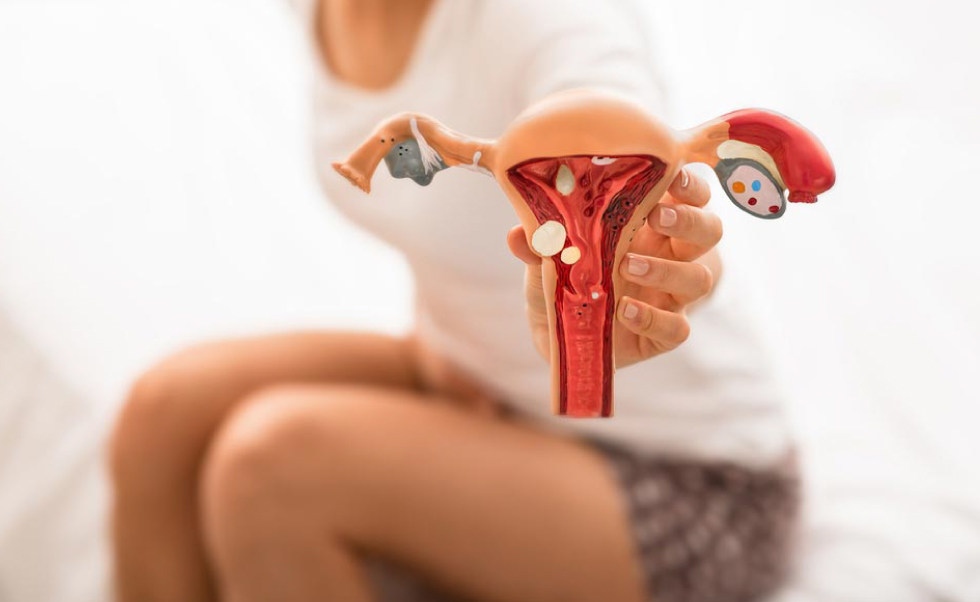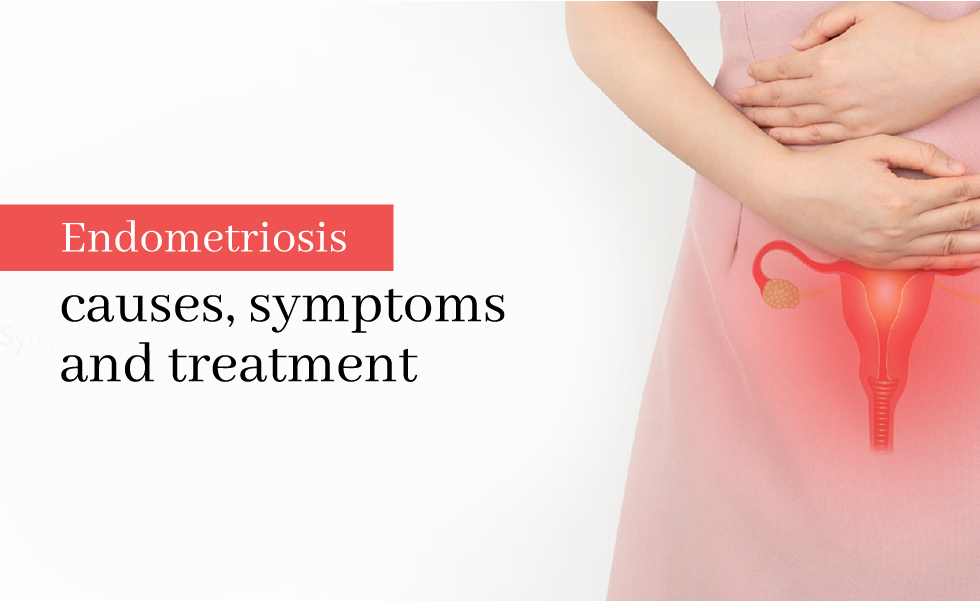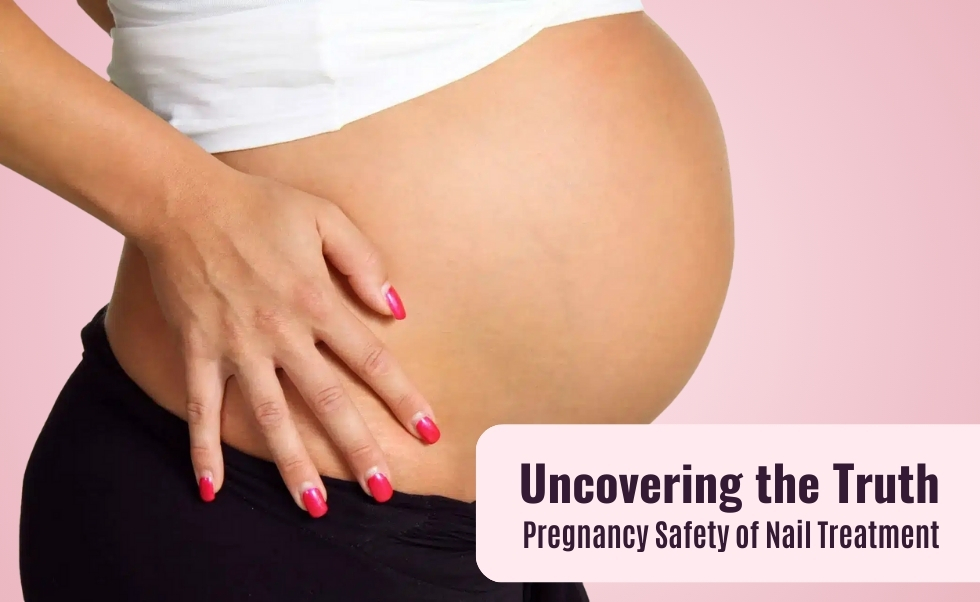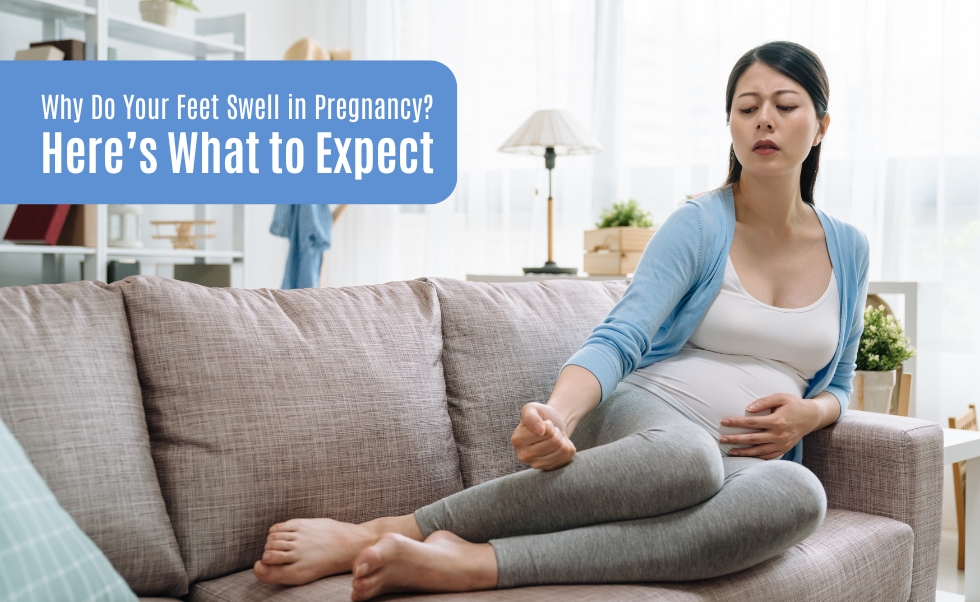One such challenge that many women face silently is endometriosis. The pain and uncertainty of this condition can be overwhelming, but knowledge is a powerful tool. By understanding endometriosis, its causes, symptoms, and treatment options, you can take informed steps toward fulfilling your dream of becoming a mother.
What is Endometriosis?
Endometriosis is a condition where tissue similar to the lining of the uterus (endometrium) starts growing outside the uterus. This tissue can be found on the ovaries, fallopian tubes, and the tissue lining the pelvis. In some cases, it may even spread beyond the pelvic organs.
Despite being outside the uterus, this misplaced tissue still behaves as it would during a menstrual cycle—it thickens, breaks down, and bleeds. However, because it cannot exit the body, it becomes trapped, leading to pain, cyst formation, and scar tissue.
What Causes Endometriosis?
The exact cause of endometriosis remains a mystery, but several theories attempt to explain its origins:
- Retrograde Menstruation: This theory suggests that menstrual blood flows backward through the fallopian tubes into the pelvic cavity instead of leaving the body. The endometrial cells in this blood attach to the pelvic organs and begin to grow.
- Embryonic Cell Transformation: Hormones such as estrogen may transform embryonic cells into endometrial-like cell implants during puberty.
- Surgical Scars: Endometrial cells may attach to the incision sites after surgeries such as a cesarean section.
- Immune System Disorders: Issues with the immune system might make the body unable to recognize and destroy endometrial-like tissue growing outside the uterus.
What Are the Risk Factors for Endometriosis?
While endometriosis can affect any woman of reproductive age, certain factors may increase the likelihood of developing the condition:
- Family History: Having a close relative with endometriosis increases your risk.
- Menstrual History: Starting periods at an early age, having short menstrual cycles, or heavy and prolonged periods can increase the risk.
- Never Giving Birth: Women who have not had children may have a higher risk of endometriosis.
- High Estrogen Levels: High estrogen levels in the body can also contribute to the development of endometriosis.
What Are the Symptoms of Endometriosis?
Endometriosis presents differently in every woman. The severity of the symptoms doesn’t necessarily correlate with the extent of the condition. Some of the most common symptoms include:
- Pelvic Pain is the most common symptom. It often correlates with the menstrual cycle but can occur at other times.
- Heavy Menstrual Bleeding: Women with endometriosis often experience menorrhagia, which is abnormally heavy menstrual bleeding.
- Painful Periods: Dysmenorrhea, or painful menstruation, is a hallmark of endometriosis.
- Pain During Intercourse: Pain during or after sex is common in women with endometriosis.
- Pain with Bowel Movements or Urination: These symptoms often occur during menstruation.
- Infertility: Endometriosis is often diagnosed in women seeking infertility treatment.
How is Endometriosis Diagnosed?
Diagnosing endometriosis can be challenging because its symptoms often resemble those of other conditions. Your doctor may begin with a detailed medical history and physical examination, including a pelvic exam. Imaging tests like ultrasounds, MRIs, or CT scans might be used to identify cysts associated with endometriosis. However, the definitive way to diagnose endometriosis is through laparoscopy. During this surgical procedure, a camera is inserted into the pelvis through a small incision to view the endometrial tissue directly.
Can Endometriosis Make It Harder to Get Pregnant?

Yes, endometriosis can make it more difficult to conceive. The condition is associated with infertility in about 30-50% of women who suffer from it.
The reasons are multifaceted—endometriosis can cause scarring, blockages, and distortions in the fallopian tubes and ovaries, making it harder for the egg and sperm to meet. The inflammation caused by endometriosis can also affect the quality of the eggs and the function of the sperm.
What is the Best Way to Conceive with Endometriosis?
Conceiving with endometriosis may require a combination of treatments. The approach depends on the severity of the condition and how long you’ve been trying to conceive. Mild cases may respond well to lifestyle changes, pain management, and fertility treatments such as ovulation induction and intrauterine insemination (IUI). In more severe cases, your doctor may recommend surgical removal of endometrial tissue or assisted reproductive technologies like in vitro fertilization (IVF).
Can I Have Assisted Conception with Endometriosis?
Assisted conception is a viable option for many women with endometriosis. In vitro fertilization (IVF) is often recommended, especially if other treatments have failed. IVF bypasses the issues caused by endometrial scarring and blockages by retrieving eggs directly from the ovaries and fertilizing them outside the body. The fertilized eggs (embryos) are then implanted into the uterus, giving you a chance to conceive without the obstacles presented by endometriosis.
How Can I Ease My Symptoms if I Suffer from Endometriosis?
Managing endometriosis often involves a combination of treatments to reduce pain and improve quality of life. Pain relief options include over-the-counter pain relievers, hormonal therapies like birth control pills, and medications that reduce or eliminate menstruation. Lifestyle changes like regular exercise, a balanced diet, and stress management techniques can help alleviate symptoms. In severe cases, surgical intervention may be necessary to remove as much endometrial tissue as possible.
Is There a Cure for Endometriosis?
Currently, there is no cure for endometriosis, but the condition can be managed effectively with the right treatment plan. Hormonal treatments can help slow the growth of endometrial tissue and prevent new adhesions from forming. In cases where symptoms are severe and persistent, surgery to remove the uterus (hysterectomy) may be considered a last resort, particularly if the condition has severely affected your quality of life.
Can Endometriosis Be Prevented?
There is no known way to prevent endometriosis entirely, but you can reduce your risk by managing your hormone levels. Hormonal contraceptives, particularly those that limit menstruation, can help lower the risk. Maintaining a healthy lifestyle with a balanced diet and regular exercise may also contribute to overall reproductive health, although these measures cannot completely prevent the condition.
Endometriosis is a challenging condition, but understanding its causes, symptoms, and treatment options empowers you to take control of your reproductive health. With the right care and support, many women with endometriosis go on to have successful pregnancies and lead fulfilling lives. If you suspect you may have endometriosis or are struggling to conceive, reaching out to your healthcare provider is the first step toward finding a solution tailored to your unique situation.







